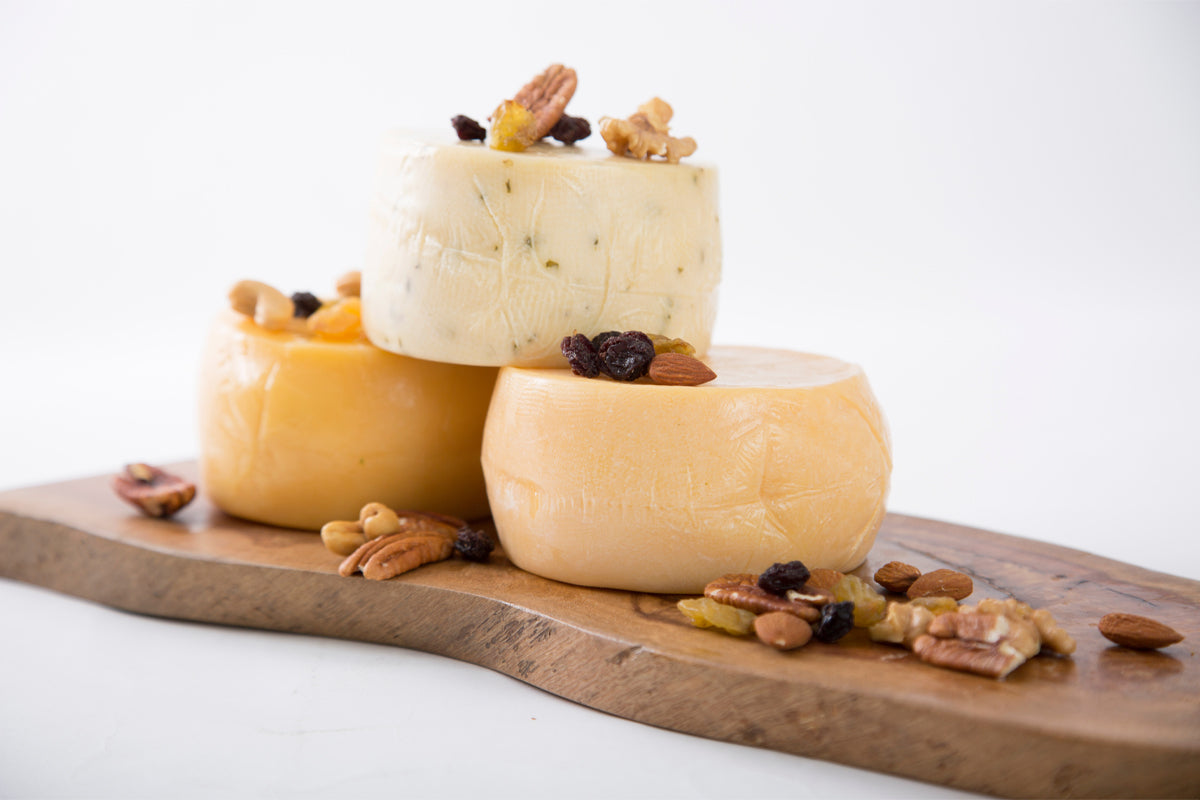Peruvian Andean Gourmet Cheese
Peruvian Andean cheese represents a culinary gem that blends ancestral techniques with unique regional ingredients. Made with fresh milk from cattle raised in the highlands of the Andes, each variety reflects the cultural heritage and biodiversity of the region. In recent years, this product has reached gourmet status thanks to its exceptional quality and versatility in haute cuisine. This blog explores the distinct features of Andean cheese, from its origins to its impact on contemporary gastronomy, highlighting the balance between tradition and innovation.
Origins and Tradition of Andean Cheese
Andean cheese has roots in the pre-Hispanic era when ancient Peruvians developed food preservation techniques such as fermentation and dehydration. With the arrival of the Spanish, new production methods were introduced that continue to this day. In regions such as Cajamarca and Puno, cheese-making became a family tradition passed down through generations. These cheeses are not just food but also a symbol of cultural identity, reflecting respect for the natural environment and sustainable practices. Traditional craftsmanship remains essential, keeping ancient techniques alive and giving the cheese its authenticity and unique flavor.
Varieties of Andean Cheese and Their Characteristics
Among the most notable varieties are queso fresco (fresh cheese), queso paria, and aged Andean cheese. Fresh cheese is soft, moist in texture, and has a mild flavor, often served with corn or in salads. Paria cheese, native to Puno, has a firmer texture and a slightly tangy taste. Meanwhile, aged cheeses, such as Andean-style aged varieties, develop complex flavors during their curing process, making them ideal for pairing with wine and fruit. This diversity reflects the richness of Andean ecosystems and the different production practices across regions.
Artisanal Production and Its Social Importance
The production of Andean cheese is a crucial economic activity for rural communities in the Andes. Small producers, often organized in cooperatives, play a vital role in preserving this culinary heritage. The artisanal process allows each producer to leave a distinctive mark on the cheese, making each piece unique. The sale of these products not only generates income but also contributes to sustainable development and empowers local residents. In many regions, cheese-making is linked to festivals and rituals, strengthening social bonds and fostering community cohesion.
The Impact of Altitude on Flavor and Quality
The altitude of the Andes significantly influences the quality of the cheese. The natural diet of livestock, based on native grasses, and the purity of mountain water contribute to the distinctive flavor and aroma of Andean cheeses. Additionally, the cold, dry climate favors the aging process, allowing the cheeses to develop more complex flavor profiles. These unique environmental conditions give Andean dairy products an unmistakable identity, recognized by chefs and specialists worldwide. This connection between the environment and production ensures that each bite of Andean cheese carries the authentic flavors of the region.
Andean Cheese in Haute Cuisine
Andean cheese has gained a place in haute cuisine due to its versatility and quality. Renowned chefs use it in gourmet dishes that blend tradition and innovation, delighting diners with unique flavors. Dishes such as risottos with paria cheese, salads with fresh cheese, and desserts featuring aged cheese showcase the richness of this product. Furthermore, the inclusion of Andean cheese in international menus has positioned it as a high-end product. Its presence in modern gastronomy reflects the growing interest in revaluing Peru's traditional ingredients and bringing them to the global stage.
Perfect Pairings: Andean Cheese and Beverages
Andean cheese lends itself to various pairings that enhance its flavors. Young red or fresh white wines pair wonderfully with fresh cheeses, while aged cheeses complement robust wines and craft beers. Chicha de jora, a traditional Andean beverage, is also an ideal accompaniment, offering sweet and slightly tangy notes that complement the creamy texture of the cheese. These pairings demonstrate how ancestral flavors can adapt to contemporary gastronomic trends, creating unique sensory experiences.
The Future of Andean Cheese in Sustainable Gastronomy
Andean cheese aligns perfectly with the principles of sustainable gastronomy, promoting the use of local ingredients and respect for the environment. Regenerative agriculture initiatives and fair trade practices aim to strengthen artisanal production, ensuring that future generations can enjoy these products. Moreover, the growing interest in healthy and authentic foods has driven demand for Andean cheeses in both domestic and international markets. The future of Andean cheese promises a harmonious balance between tradition and innovation, positioning it as an icon of sustainable gastronomy.
Peruvian Andean gourmet cheese represents the perfect combination of tradition, biodiversity, and sustainability. From its artisanal origins to its impact on haute cuisine, these cheeses reflect the cultural and natural wealth of the Andes. Their versatility in culinary preparations, along with their ability to adapt to contemporary trends, ensures that Andean cheese will continue to be appreciated worldwide. With growing demand in international markets, Andean cheese is becoming a high-end product and a symbol of Peruvian heritage.
Sources Consulted
- Murra, J. V. (2002). The Economic Organization of the Inca State. Tucson: University of Arizona Press.
- Noble, J. (2011). Andean Art and Architecture. New York: Thames & Hudson.
- Salomon, F., & Urioste, M. (1991). The Inca Empire: A Multidisciplinary Approach. New York: Princeton University Press.
- Adelaar, W. F. H. (2004). The Language of the Incas. Oxford: Oxford University Press.
- Bernaola, G. (2015). The Aromas of the Andes: Traditions and Contemporary Uses. Lima: San Marcos Publishing.
Article originally published on [10/22/2024], updated on [10/23/2024]


